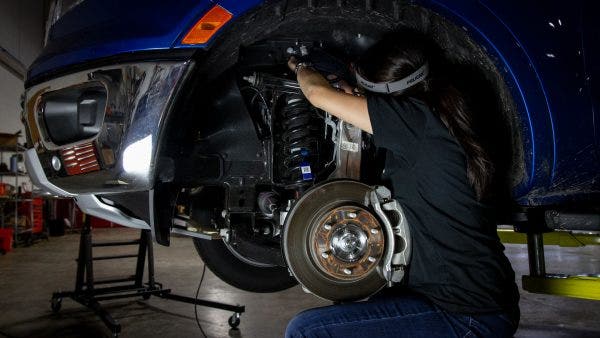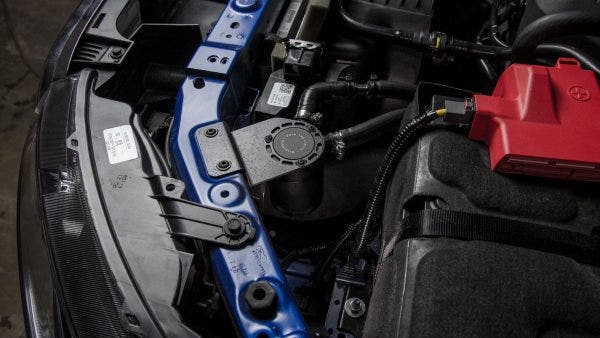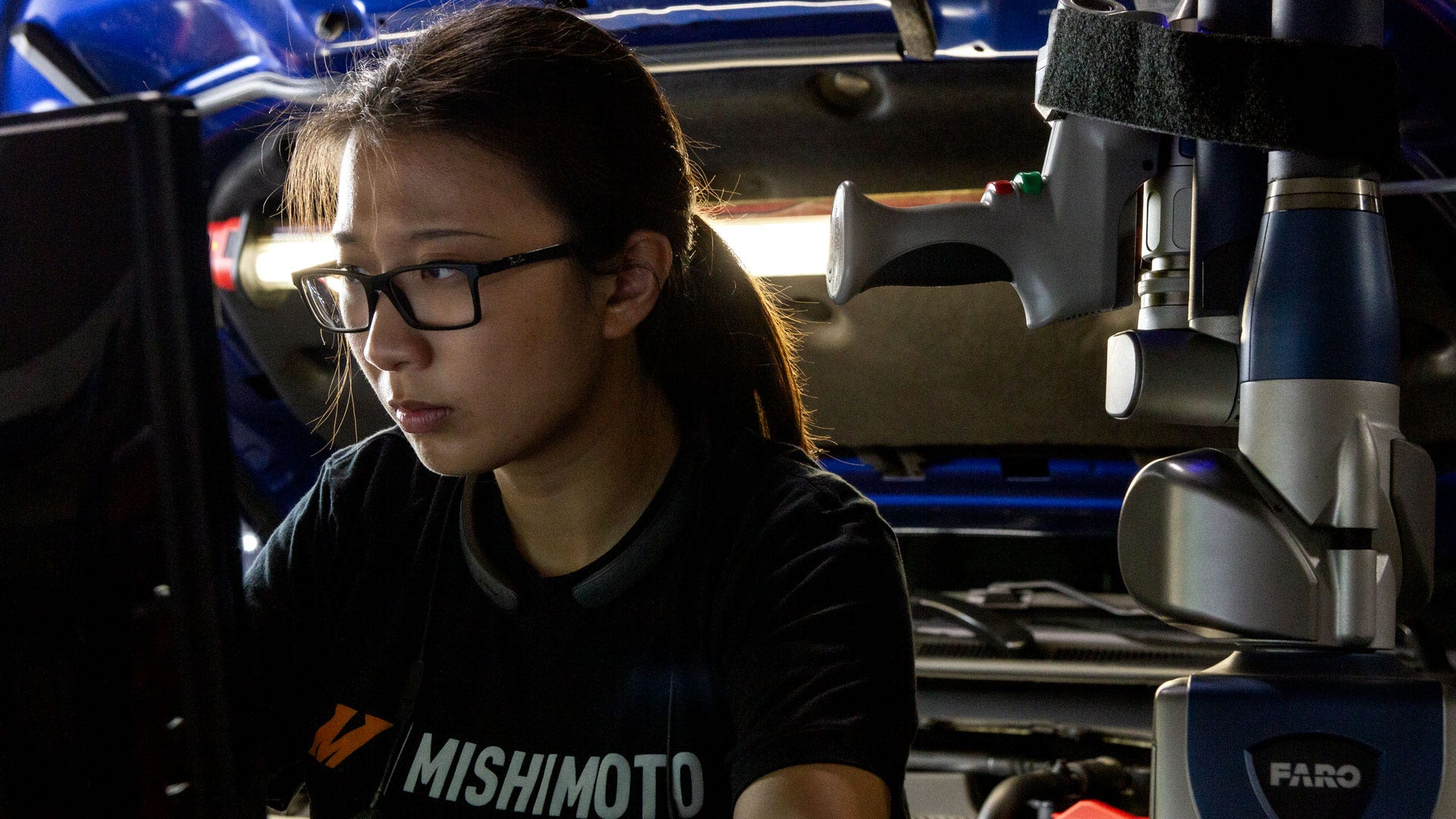
Free to Roam - Catch Can R&D, Part 2: Design
The 2.3L EcoBoost in the 2019+ Ranger was designed to preserve the earth so that you can roam it freely for years to come. It sips fuel while bounding across fields and crawling up dunes, but the 2.3L also sips something that might eventually send it to the landfill: blow-by. That's why Mishimoto has been working on a catch can to help protect your Ranger. In our last post, we looked at blow-by and how it can affect your 2.3L EcoBoost. In this post, we'll show what we're going to do about it.
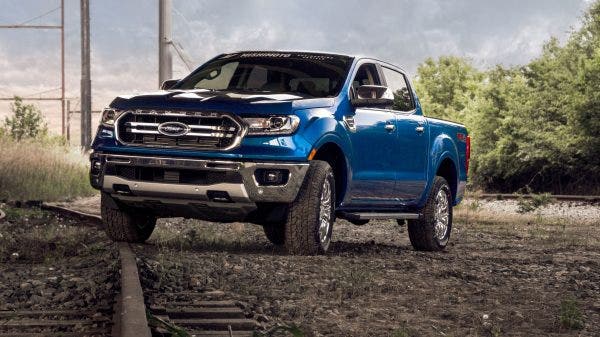
Before we discuss our design for the catch can kit, we need to learn about the Ranger's stock crankcase ventilation system. Because the 2.3L EcoBoost is turbocharged, its CCV system is split into two sides. One side of the system operates when the turbocharger is inactive and is known as the PCV side. On the Ranger's 2.3L engine, the PCV side of the system consists of the intake manifold, an oil separator bolted to the engine block, and a small tube connecting the two. This side also utilizes a one-way valve (the PCV valve) to prevent boost pressure from making its way into the crankcase.
The oil separator is designed to do exactly what it sounds like, separate the oil from the crankcase gasses and return clean air to the intake manifold. However, we've seen that many stock oil separators compromise effectiveness for cost, and they aren't always very effective. The stock oil separator also returns the blow-by to the oil pan, which can contaminate the oil and reduce its effectiveness over time.
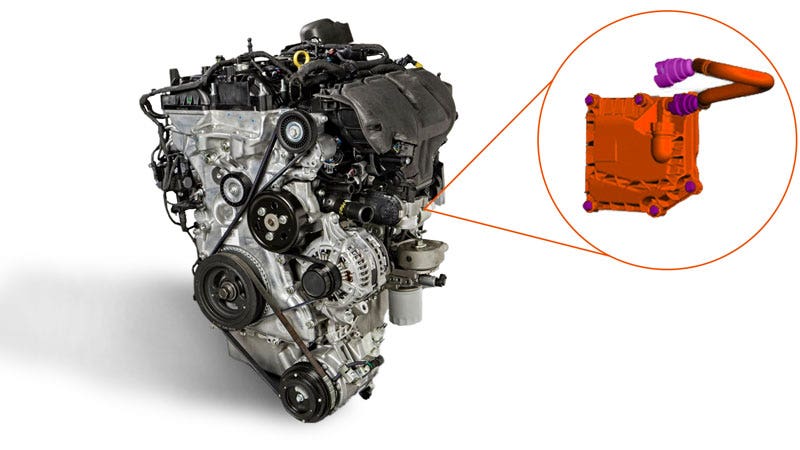
The other side of the system (known simply as the CCV side) is much less complicated. The CCV side is active when the intake is pressurized by the turbocharger and the PCV valve is closed. Unlike the PCV side, there is no separator to remove the vapor from the crankcase gases before they go back into the intake. Instead, the CCV side is comprised of a tube that connects a port on the valve cover to another port on the intake before the turbo. When the turbo spools, it pulls a vacuum on the intake and that vacuum pulls the blow-by from the crankcase.
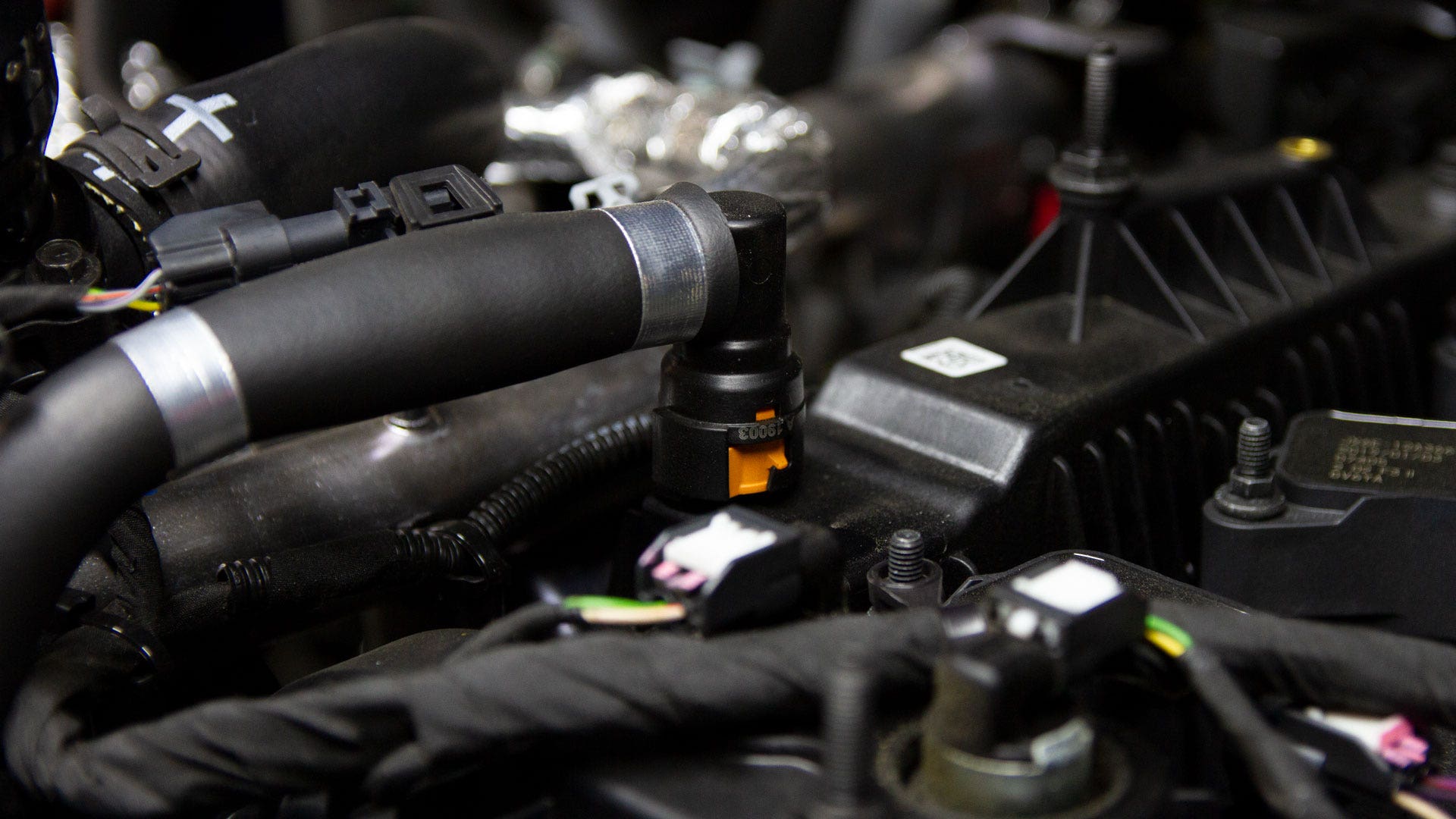
That's not all for the CCV side, however. Connected to the tube that spans the intake and the valve cover is a small, but extremely important feature: a pressure sensor. This sensor monitors pressure in the crankcase and serves to ensure the ventilation system is functioning properly. If pressure is too low, there's a leak. If pressure is too high, there's a clog in the system that could cause catastrophic seal failure. We've seen these pressure sensors before on our F-150 and Jeep Wrangler 2.0T catch can projects, and we know they can be extremely sensitive.
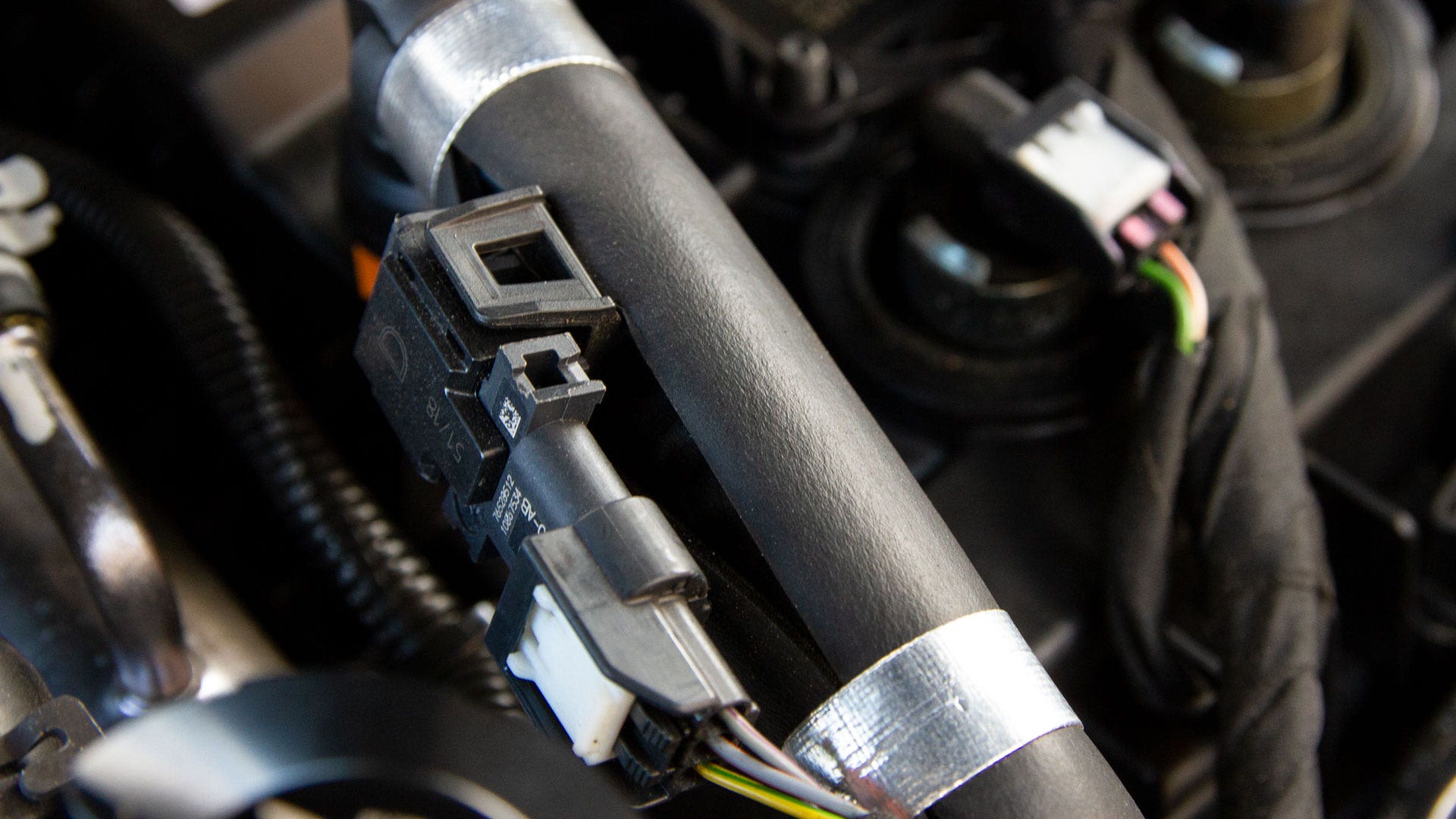
Given the possible sensitivity of the pressure sensor and the fact that removing the CCV-side tube requires cutting an integrated clamp (which renders the tube unusable if you ever want to return to stock), we decided to start testing with the PCV side. Even though the PCV side has an oil separator, we know the OEM separators aren't always effective.
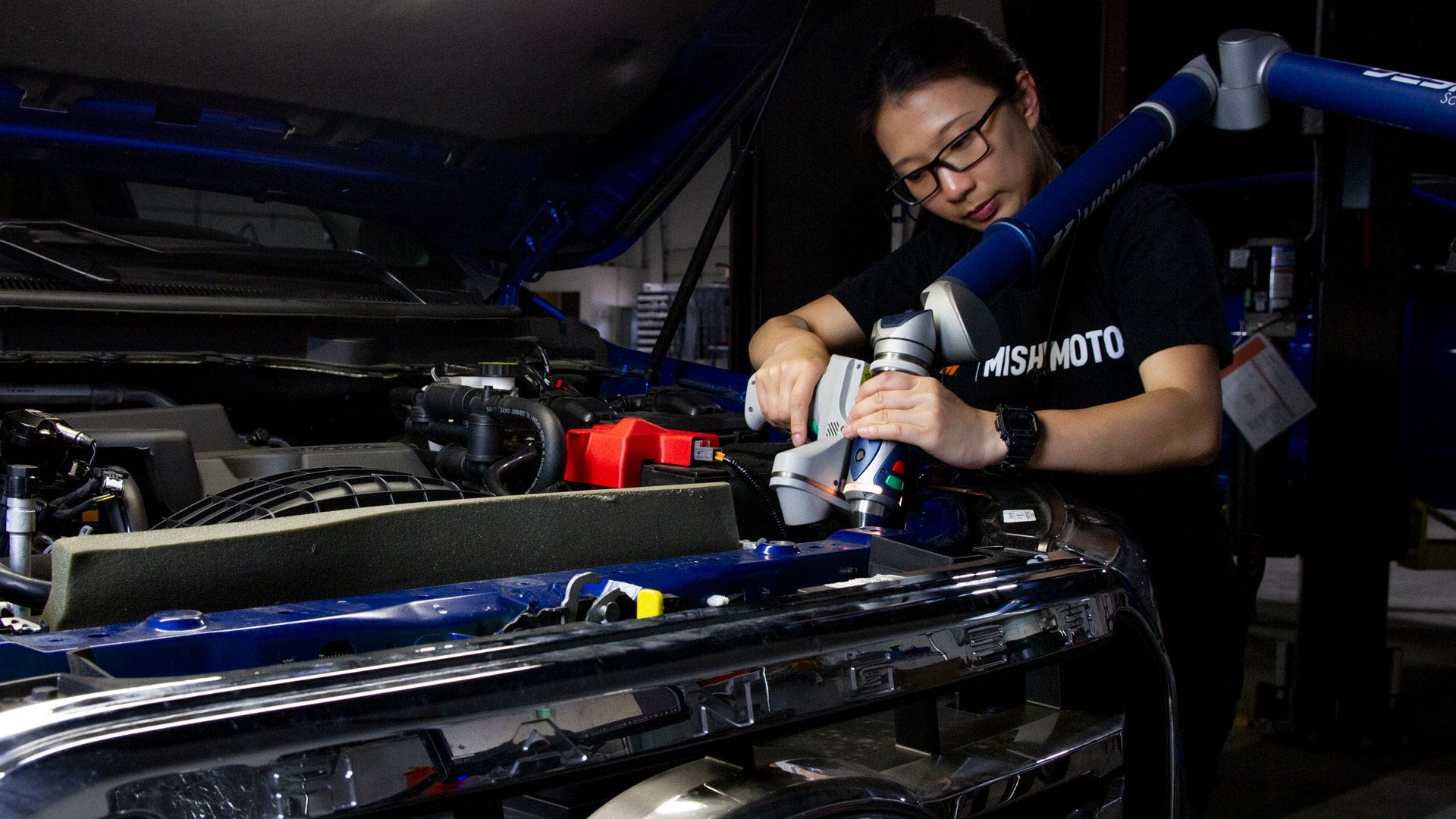
Our engineer, Ye, began her design process by selecting a location for the catch can bracket. The two ports that we'd be tapping are buried under the intake manifold, about halfway down the engine, so a straight shot from our catch can to the engine would be impossible no matter where we mounted the can. Instead, Ye focused on placing the can somewhere it would be accessible and easy to drain. She chose to utilize an open mount location on the upper radiator support behind the driver-side headlight. She used our 3D laser scanner to map the area, then used the 3D model it generated to design and tweak a digital bracket.
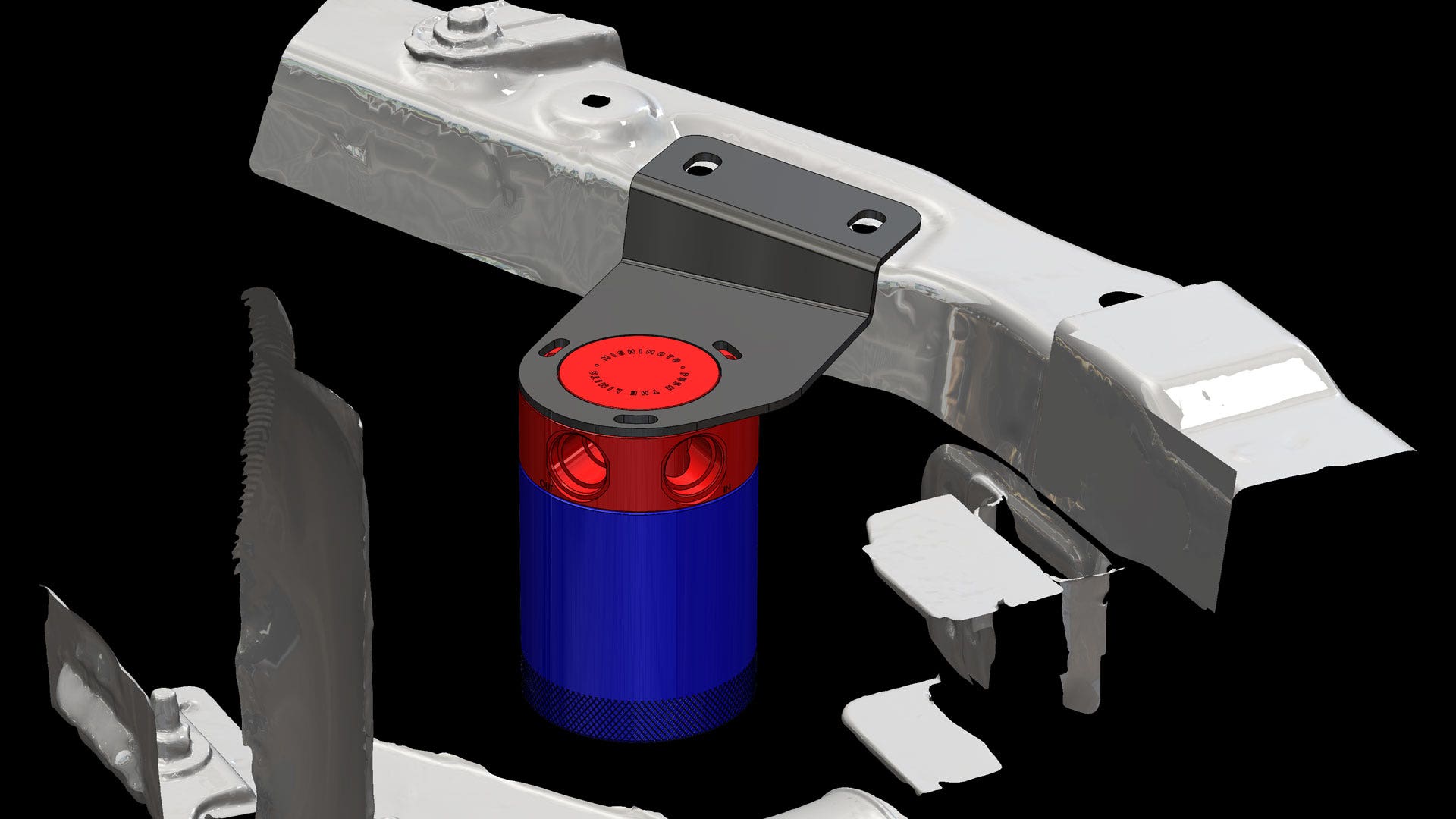
With the digital design complete, Ye gave the drawing to our fabricator to make it real. He used the digital model Ye created to cut out a flat steel bracket on our waterjet then bent it into shape to fit the contours of the Ranger.
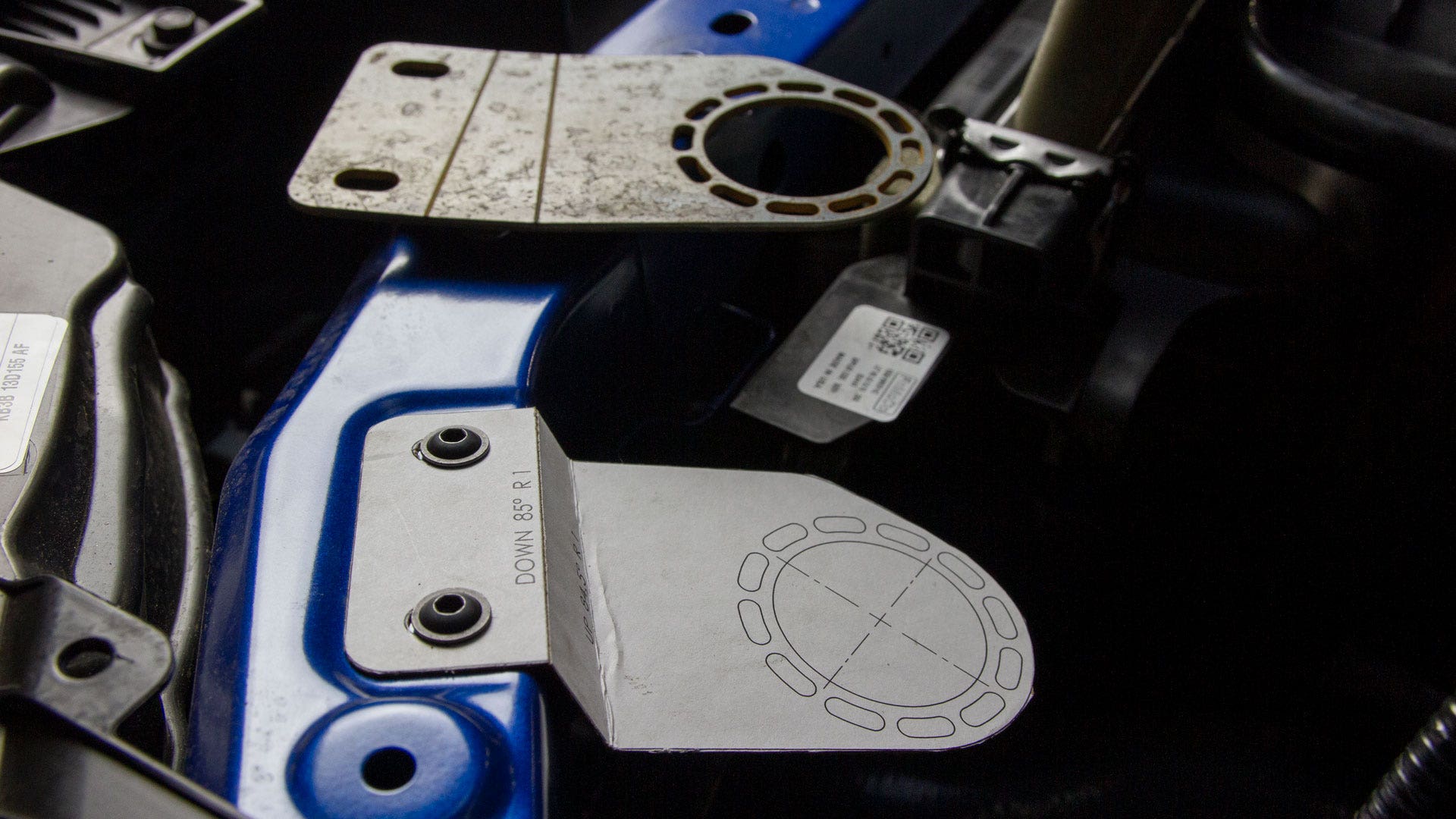
The final step for the prototype was to plumb the lines. The location of the ports on the intake manifold and the oil separator made this more difficult than most catch can projects. Ye mounted the catch can with our new bracket and ran lines in the direction of the intake manifold. She put the Ranger on the lift, then pulled off the front wheel and fender liner on the driver's side. From there, she could just barely see the hose connecting the intake manifold to the oil separator. Ye removed the stock hose from the intake manifold and the oil separator, snaked in our catch cans lines, and connected them to the engine.
With the lines connected and the catch can mounted, our prototype was ready for 1,000 miles of on-road testing. In the next post, we'll see what our can catches and if the stock oil separator is doing its job. If all goes to plan, we will be launching the discounted pre-sale for this catch can. So, keep an eye out for the next post and, in the meantime, let us know what you think.
